The Essentials of Product Market Fit Surveys and Their Impact
Understand the importance of product-market fit surveys and their impact on growth. Explore how these surveys uncover customer preferences, guide product development, and ensure your offerings align with market demands.

Why Product Market Fit Surveys Matter
PMF surveys are tools that help assess how well your product fits into the market landscape. These surveys provide direct feedback from users, shedding light on how your product is perceived, what improvements could be made, and whether there's a true need for it in the market.
Conducting PMF surveys can:
- Identify pain points: Are users finding the product easy to use, or are there obstacles that hinder their experience?
- Measure satisfaction: Do customers love your product, or are they indifferent?
- Reveal unmet needs: Sometimes, your product may address part of the user's problem but not all of it. Surveys can uncover these gaps.
- Guide decision-making: The insights gathered can shape product updates, marketing strategies, and even help in determining whether pivoting is necessary.

But how do you create a successful product market fit survey?
Elements of a Successful PMF Survey
1. Understand Your Audience
To build a useful PMF survey, you first need to identify who you’re surveying. Are they early adopters, long-term users, or customers who recently abandoned your product? Each group offers unique insights.
Start by segmenting your audience based on their engagement with your product. Tailoring the survey questions to each group ensures you get focused, relevant feedback.
For example:
- Early adopters can highlight what excites them about the product.
- Long-term users can offer feedback on features that might need improvement.
- Ex-customers can explain why they left, which is invaluable for identifying weaknesses.
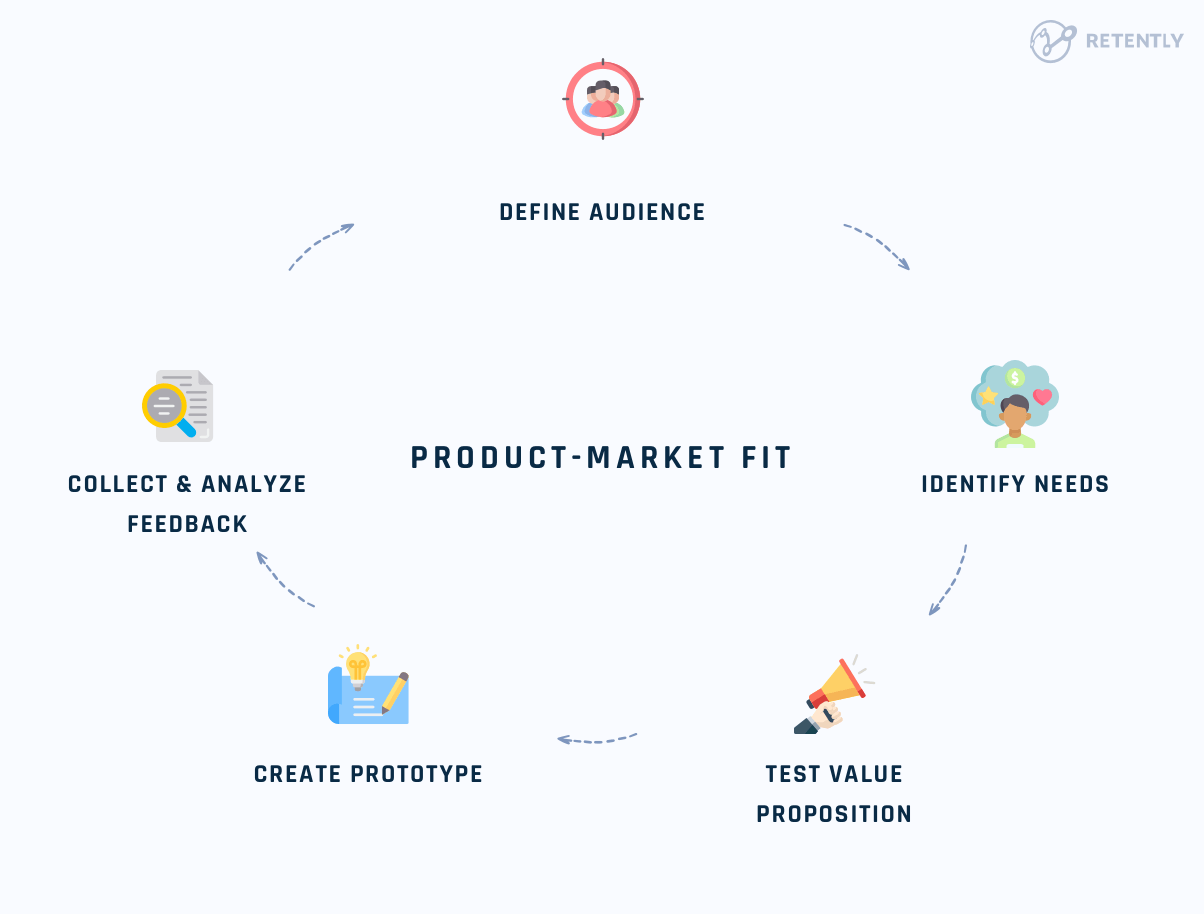
2.Ask Actionable Questions
A great survey doesn’t overwhelm respondents with vague or complicated questions. It’s about getting specific, actionable feedback. Some useful questions include:
- “How disappointed would you be if you could no longer use this product?”
- “What is the primary benefit you receive from this product?”
- “What can we do to improve your experience?”
- “Who would benefit most from this product?”
These types of questions give clear insights into your product’s value proposition and how well it addresses customer needs.

3.Measure Engagement Levels
Another critical aspect of PMF is understanding customer engagement. Are people actively using your product, or do they drop off after initial use? Tracking engagement can be done by asking questions such as:
- “How often do you use the product?”
- “Which features do you find most useful?”
By correlating this data with the survey responses, you’ll understand whether users are truly finding value in your product or simply testing it out.
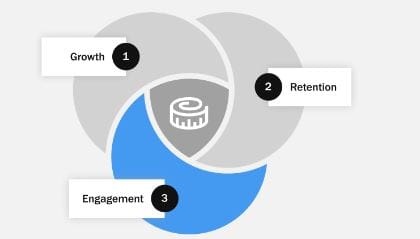
4.Analyze Results with the MECE Principle
TheMECE principle(Mutually Exclusive, Collectively Exhaustive) is a strategic framework that ensures all your data points are organized and analyzed efficiently. It’s a fancy way of saying that no information overlaps, and every possible scenario is considered.
When you break down survey responses using MECE, you’re making sure that each piece of feedback is accounted for and categorized correctly. This helps you identify patterns and avoid redundancy in your analysis.
For instance, if multiple users mention difficulty with the onboarding process, you can categorize that feedback under "User Experience Issues" and address it as a collective issue, ensuring that all related comments are considered without duplication.
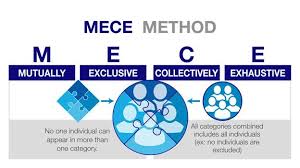
5.Incorporate Both Qualitative and Quantitative Data
While surveys often focus on quantitative data (e.g., "On a scale of 1-10, how likely are you to recommend this product?"), qualitative data is equally important. It adds context to the numbers and reveals the reasons behind customer behaviors.
Encourage respondents to elaborate on their answers. You could ask follow-up questions like:
- “What made you give that rating?”
- “Can you describe a time when our product helped you?”
These open-ended questions provide insights into the why behind the data, offering a richer perspective that numbers alone cannot.
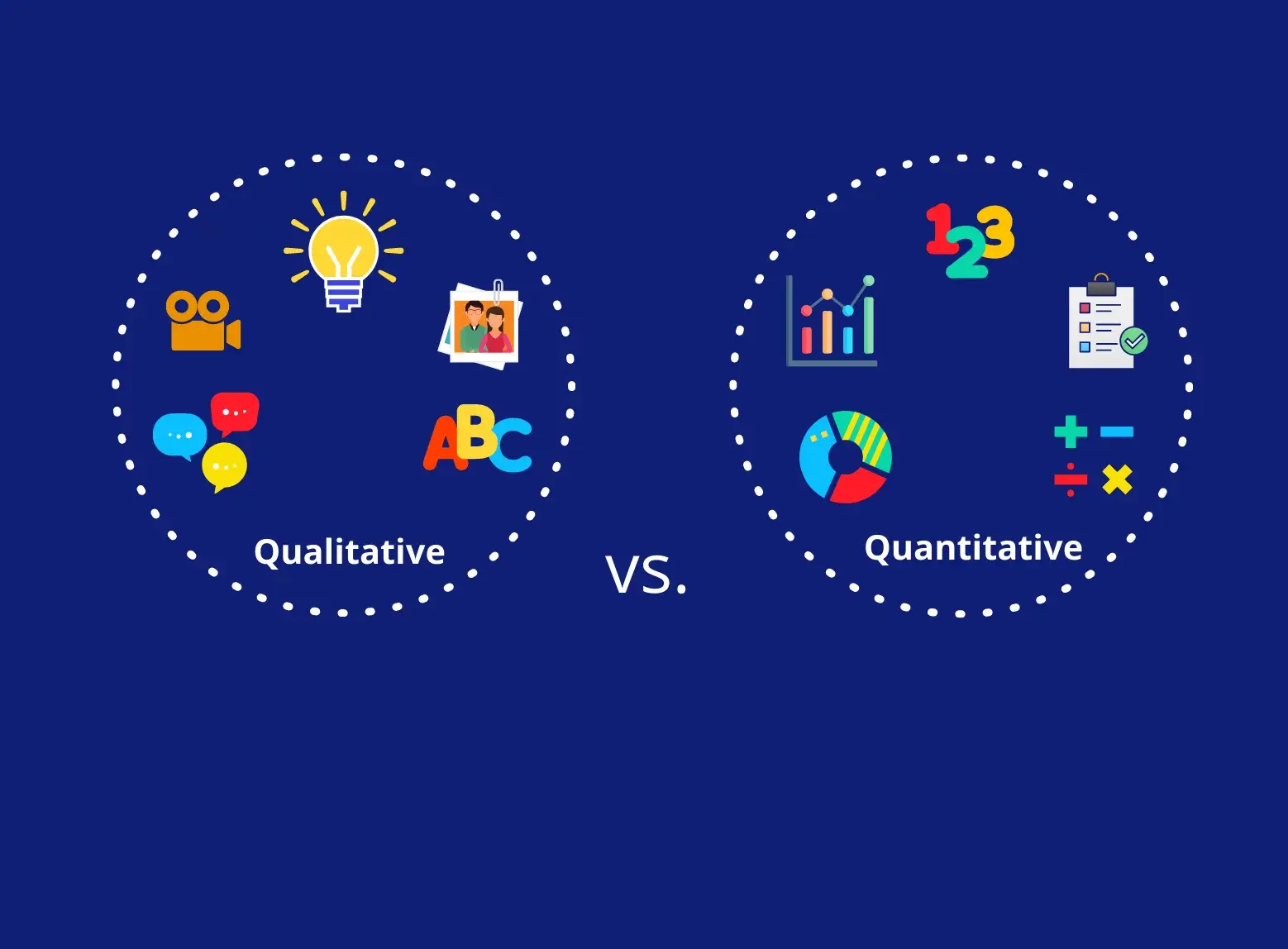
How to Use PMF Survey Insights
Once you’ve gathered responses, it’s time to turn them into actionable insights. Here's how:
- Identify Key Metrics
Some of the most telling metrics from a PMF survey are:
- Disappointment score: If a significant portion of users would be highly disappointed without your product, you're likely close to achieving product market fit.
- Satisfaction rating: Low satisfaction scores may indicate a need to refine certain features or the overall experience.
- Net Promoter Score (NPS) : This measures customer loyalty and willingness to recommend your product to others, which is a key indicator of market fit.
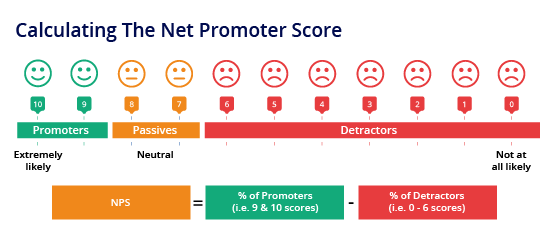
2 . Prioritize Feedback
Not all feedback will be equally important. Focus on recurring themes or pain points. If many users mention that they find a particular feature frustrating, it’s a clear signal that it needs attention. Likewise, if most users rave about a specific aspect, consider doubling down on that feature in your marketing or development efforts.

3 . Iterate and Test
Product development is an iterative process. Once you’ve analyzed the survey results and made changes based on the feedback, consider running follow-up surveys to gauge improvement.
In fact, regular surveys should be part of your ongoing product strategy. PMF is not a one-time achievement but a dynamic status that can shift as markets evolve and customer needs change.

The Impact of Successful PMF Surveys
- Product Refinement
A well-conducted survey can lead to a more refined product. It helps businesses focus on the features that matter most to users, removing or adjusting those that aren’t as valuable. This results in a leaner, more efficient product that delivers maximum value to its target market.
- Better Marketing Strategies
Understanding what customers love about your product helps in crafting marketing messages that resonate. PMF surveys can reveal not just what customers value, but why they value it, allowing you to hone in on your unique selling propositions (USPs).
For example, if users consistently mention the simplicity and ease of use of your product, these could be the core focus points in your marketing campaigns.
- Increased Customer Retention
When you use surveys to address customer pain points, you increase the likelihood of retaining your existing customers. By regularly engaging with your audience and acting on their feedback, you show that you value their input, leading to greater customer loyalty.
- Foundation for Growth
A product with a strong market fit is primed for growth. It’s easier to scale, attract investors, and increase your user base when you’ve identified a product that truly meets market demands. PMF surveys give you the confidence to expand knowing you’re on the right track.
Conclusion
Successful product market fit surveys aren’t just about gathering feedback—they’re about understanding your users on a deeper level. By asking the right questions, segmenting your audience, and analyzing data through frameworks like MECE, you gain invaluable insights that drive product refinement and business growth.
Conducting regular PMF surveys allows you to stay attuned to market needs, ensuring your product evolves with your customers. Whether you’re refining your marketing strategies, enhancing product features, or scaling your business, product market fit surveys are an indispensable tool.
If you haven’t conducted one yet, now is the time to get started. And if you need a tool to make the process easier, why not give HeyForm a try? It’s one of the best no-code form builders available, and you can create engaging, user-friendly surveys in no time—no coding required.

HeyForm is an online form builder that is characterized by simplicity and ease of use. One can create the forms in a clear interface. https://heyform.net/
FAQs
1. What is the best time to conduct a product market fit survey?
You should conduct a product market fit survey after launching a new product or feature, but also regularly as part of your ongoing feedback loop. This helps ensure you’re consistently meeting customer needs.
2. What is a good disappointment score for product market fit?
A good rule of thumb is that if 40% or more of your users would be "very disappointed" if they could no longer use your product, you’re likely close to achieving product market fit.
3. How do I choose which feedback to prioritize?
Look for recurring themes or pain points in the feedback. Issues that affect a large portion of your user base should take priority over more isolated concerns.
4. Can a product lose market fit over time?
Yes, as markets evolve and new competitors emerge, a product can lose its fit. Continuous feedback and iteration are essential to maintaining product market fit.
5. How can HeyForm help in conducting PMF surveys?
HeyForm offers an intuitive platform for creating surveys without coding. Its customizable templates and easy-to-use
Stay Connected
Follow us on Twitter: https://x.com/HeyFormHQ
Join our community: HeyForm Community Forum
Subscribe to our newsletter: Stay updated with the latest tips on HeyForm and boost user engagement—optimize your forms and improve interactions effortlessly!
